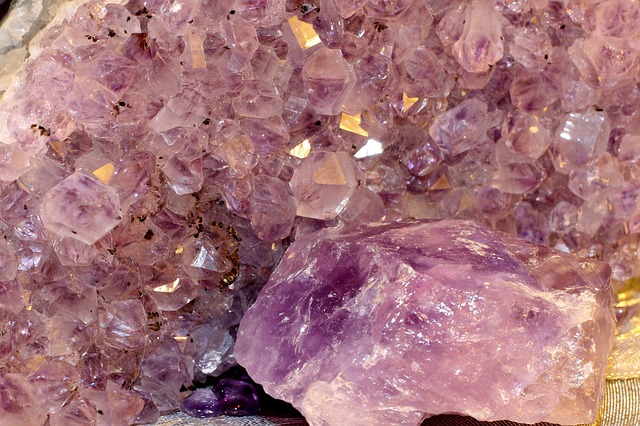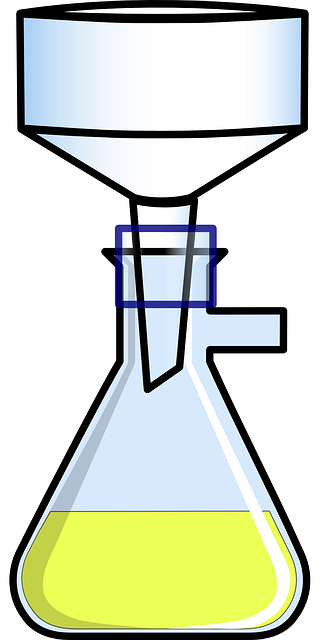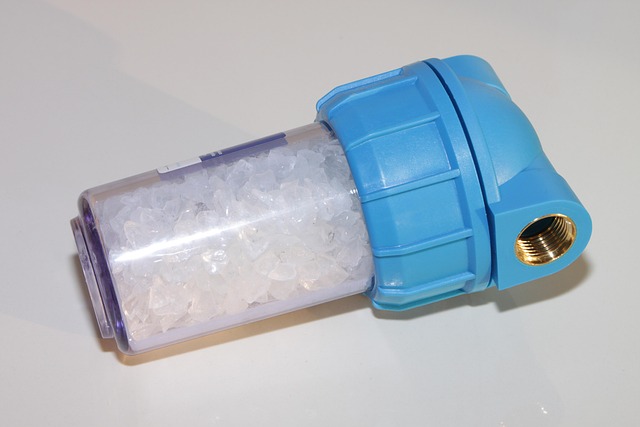Hard water, high in calcium and magnesium, causes clogs, stains, and appliance damage. Solutions include aerators, which mix air into water to reduce strain and mineral buildup, making them eco-friendly alternatives to water softeners. Complementary technologies like descaling agents, filtration systems, and regular cleaning with non-aggressive products further mitigate hard water effects. Aerators extend appliance lifespans, save on energy bills, and enhance overall home efficiency.
Hard water can cause unsightly mineral deposits, damaging pipes and appliances over time. While water softeners and descaling agents offer solutions, they often come with high maintenance costs and potential health concerns. Aerators provide a cost-effective alternative by reducing water flow, minimizing the buildup of scale and extending the lifespan of plumbing. This article explores how aerators work, different types available, their easy installation process, and the significant benefits of integrating this simple yet powerful hard water solution into your home or business.
- Understanding Hard Water and Its Impact
- The Role of Aerators in Reducing Water Flow
- Types of Aerators and Their Installation Process
- Integrating Aerators with Existing Systems
- Maintenance and Benefits of Aerator Implementation
Understanding Hard Water and Its Impact
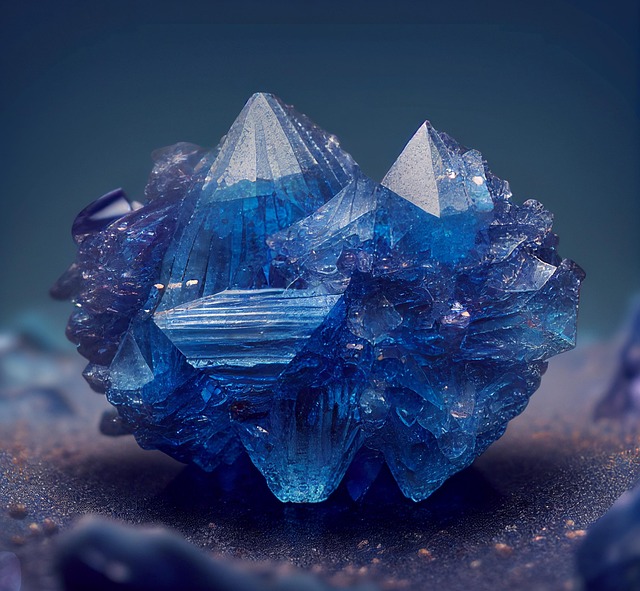
Hard water is a common issue that can significantly impact daily life and home maintenance. It refers to water with high mineral content, primarily calcium and magnesium, which can lead to various problems around the house. When water passes through pipes, it leaves behind these minerals as deposits, resulting in what’s known as scaling. Over time, these mineral deposits build up, narrowing the pipe walls and reducing water flow, especially when it comes to faucets and showerheads.
This condition not only hampers water pressure but also contributes to the need for more frequent cleaning and maintenance. Hard water can leave unsightly stains on fixtures and appliances, reduce the lifespan of water-using devices like dishwashers and washing machines, and even impact the taste and smell of water. One effective solution to combat these issues is by installing aerators. Aerators not only improve water flow but also incorporate air, making the water feel more powerful while using less pressure, thus reducing strain on pipes and appliances. Additionally, combining aerators with water softeners, descaling agents, or filtration systems can further mitigate the effects of hard water, ensuring a cleaner, smoother home environment.
The Role of Aerators in Reducing Water Flow

Aerators play a significant role in mitigating water flow issues often associated with hard water. By introducing air into the water stream, aerators effectively reduce the velocity of water movement while enhancing its oxygen content. This dual action helps mitigate mineral deposits and scaling, which are common problems exacerbated by hard water. Unlike water softeners that rely on descaling agents or filtration systems to remove mineral buildup, aerators offer a cost-effective and eco-friendly solution.
Moreover, the incorporation of aerators can complement existing cleaning products and home appliances. By slowing down the water flow, they minimize damage caused by high pressure to plumbing fixtures and appliances. This simple yet powerful intervention not only extends the lifespan of these devices but also contributes to a more sustainable household by reducing the need for aggressive chemical treatments typically associated with water softeners or descaling agents.
Types of Aerators and Their Installation Process
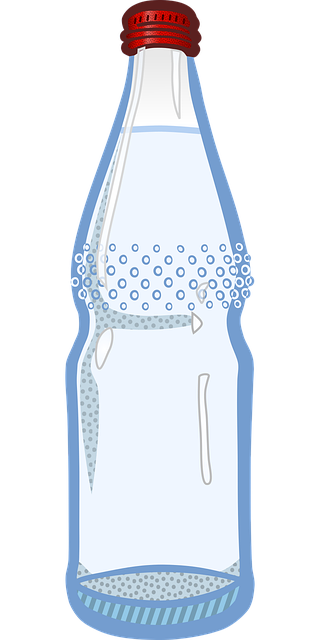
Aerators offer an effective solution to combat the challenges posed by hard water. These devices are designed to mix air with water as it flows through a faucet or showerhead, reducing the speed and pressure while adding a refreshing, aerated sensation. There are various types of aerators available in the market, catering to different needs and preferences.
The installation process is relatively straightforward and often involves replacing the existing faucet or showerhead nozzle. For those seeking advanced solutions, combination aerator-water softener units combine the benefits of aeration with the power of descaling agents to eliminate mineral deposits, ensuring cleaner water without the need for frequent cleaning products. Filtration systems can also be integrated into aerators, providing a comprehensive hard water solution that improves both flow rate and water quality.
Integrating Aerators with Existing Systems
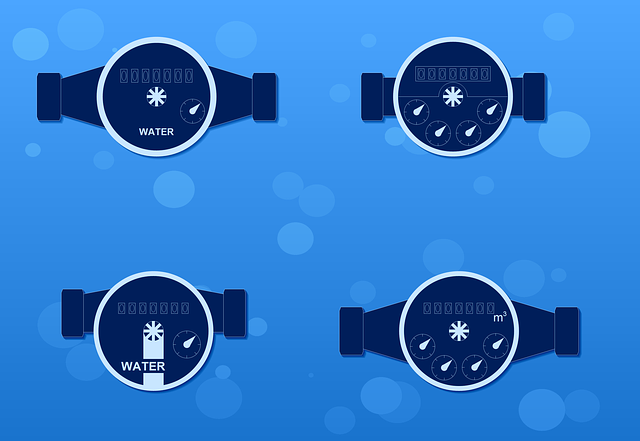
Integrating aerators with existing plumbing systems is a smart strategy for those seeking hard water solutions. These devices offer an effective way to reduce water flow and minimize mineral deposits, which can accumulate in pipes, fixtures, and appliances over time. By installing aerators on faucets and showerheads, homeowners can experience the benefits of softer water without entirely replacing their current water treatment systems.
In homes with existing water softeners or filtration systems, aerators act as a complementary solution. They help to prevent the buildup of limescale, which can be a nuisance when it comes to maintaining appliances like washing machines and dishwashers. Additionally, the use of aerators is particularly beneficial in areas where descaling agents are not readily available or effective. This simple upgrade can extend the life of water-using appliances and reduce the need for frequent cleaning products designed to remove mineral deposits.
Maintenance and Benefits of Aerator Implementation

The implementation of aerators as a hard water solution offers numerous benefits beyond simply reducing water flow. By introducing air into the water stream, aerators prevent the buildup of mineral deposits that can clog pipes and damage appliances over time. This is particularly effective in areas with high mineral content, where water softeners and descaling agents are often necessary to maintain plumbing systems. Not only do they extend the lifespan of your plumbing, but aerators also indirectly support the efficiency of other home water treatment solutions like filtration systems.
Regular maintenance of these devices ensures optimal performance. Simple cleaning routines using mild, non-aggressive cleaning products can prevent buildup and keep the aerators functioning efficiently. This, in turn, minimizes the need for frequent replacement and reduces costs associated with hard water issues. By integrating aerators into your home’s plumbing system, you’re not just saving money on water bills; you’re also contributing to a more sustainable approach to managing household water usage and reducing environmental impact through decreasing energy consumption tied to water heating and treatment.



